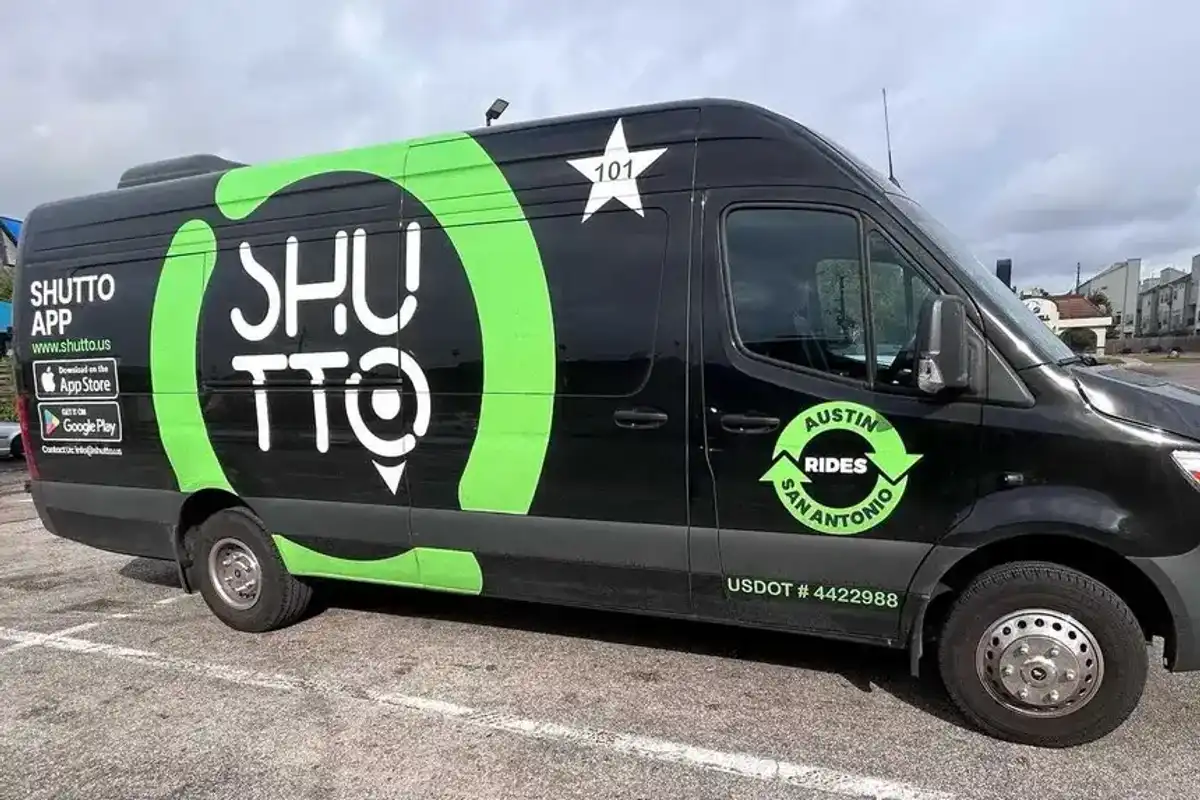Leave it to an Austin company to give us what we really need during this pandemic: dog face masks. Unlike their human companions, however, these are not for use in the fight against COVID-19.
On August 27, locally owned The Good Air Team announced the release of its K9 Mask, an N95-caliber snout shield for dogs. Though they resemble muzzles, these specially designed masks filter smog, emissions, pollens, smoke from wildfires, dust, and even bacteria.
Basically, says the company, whenever a human is advised to wear a mask for environmental reasons, so should a canine. Exposure to toxic particles — particularly smoke — can cause pulmonary disease and vision problem in pups, among other issues.
Each mask is washable and outfitted with a removable four-layer air filter to help remove particles from the air as the dog breathes in. The air filter adheres to the Centers for Disease Control's requirements for an N95 mask, a hospital-grade face covering that filters 95 percent of the toxins in air.
Upon exhaling, the mask uses an "exhaust valve" to release air from the mask. The company claims the valve even releases heat to cool off a panting dog.
"Wildfires in places like California the last several years have unfortunately become the new normal. Finding solutions to the problems of air pollution, like wildfire smoke, is the number one goal of the Good Air Team," says CEO Kirby Holmes in a release.
Holmes and co-owner Evan Daugherty launched The Good Air Team in 2018. The K9 Mask project is the result of the company's successful March 2019 Kickstarter, where it surpassed its $10,000 goal to bring the line into production.
K9 Masks are available online for $59, come in small, medium, and large sizes, and are outfitted with adjustable neck and muzzle straps. Special five-packs of air filters can be purchased for an additional $24.88.
Adds Holmes: "We are empowering dog owners with new solutions to protect their pet's health."
------
This article originally ran on CultureMap.





